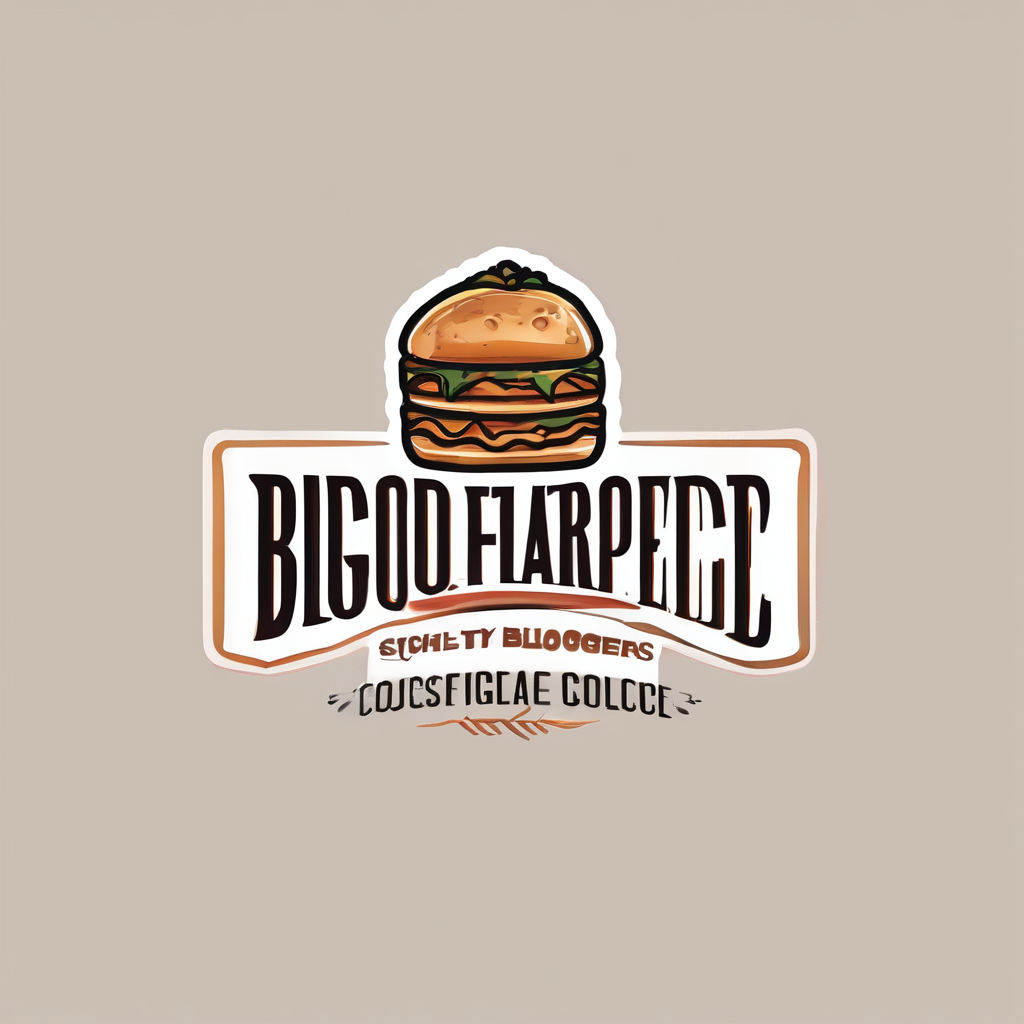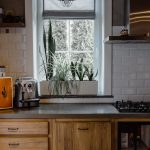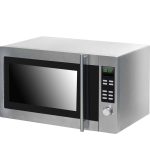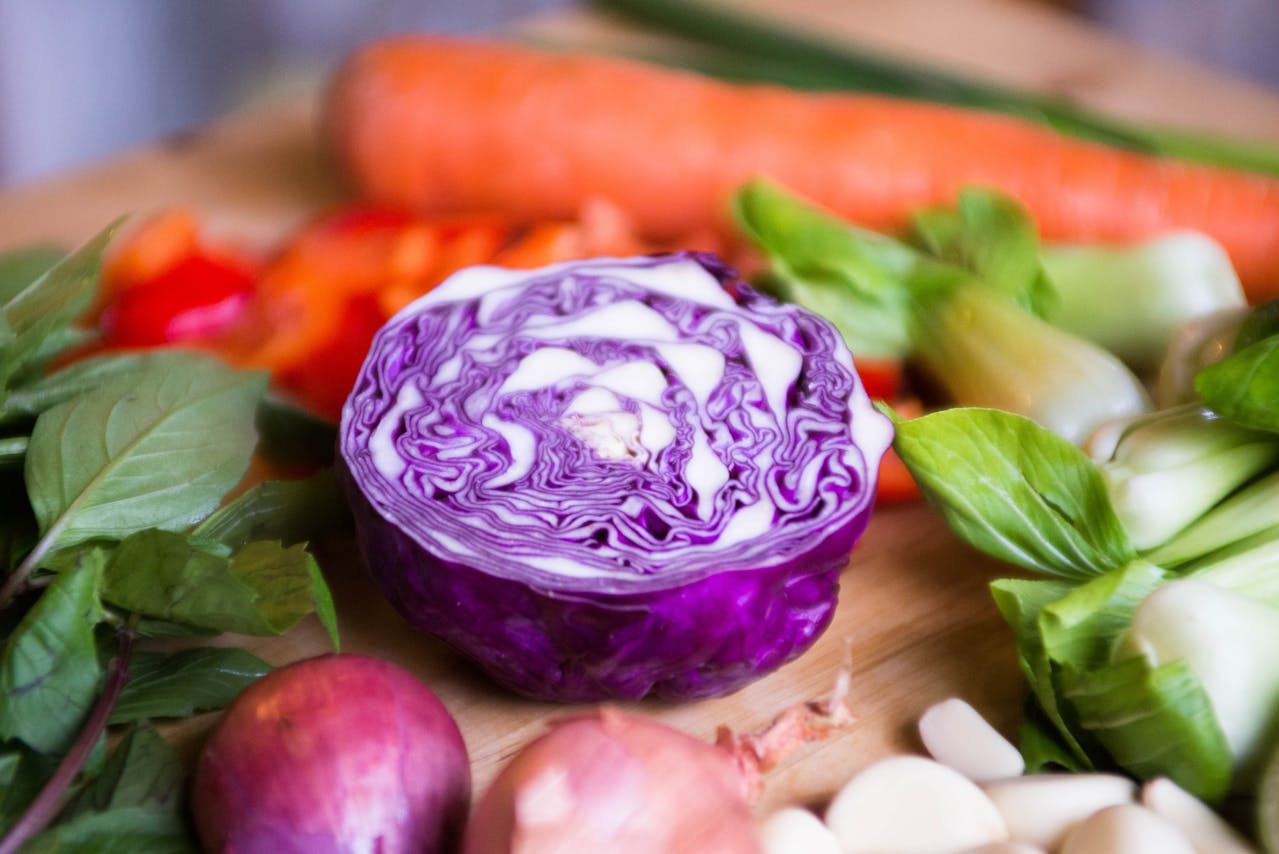Creating a functional and inviting vegan kitchen goes beyond aesthetics—it's about nurturing a lifestyle rooted in sustainability and health. Thoughtful design can enhance meal prep, showcase fresh ingredients, and inspire creativity. This guide offers practical tips to transform your kitchen into a plant-based haven, blending style with efficiency. Embrace eco-friendly materials, optimal layouts, and storage solutions tailored to your needs, making plant-based cooking not just accessible, but enjoyable too. Step into a space that reflects your values and culinary passions, inviting you to experiment and thrive.
Designing a Functional Vegan Kitchen
Creating an efficient and inspiring vegan cooking space.
Also to discover : Creating an Accessible Kitchen: Smart Design Tips for Wheelchair-Friendly Spaces
Importance of Layout for Workflow Efficiency
A well-thought-out kitchen design is crucial for a seamless cooking experience. The layout should facilitate a smooth workflow, allowing you to move effortlessly between different cooking zones. This efficiency is particularly important in a vegan kitchen, where preparation of fresh ingredients is key. Consider the classic "work triangle" between the sink, stove, and refrigerator to minimize unnecessary steps.
Zoning for Different Cooking Tasks
Zoning your kitchen into distinct areas can greatly enhance functionality. Allocate specific zones for preparation, cooking, and serving. For example:
Also to see : Creating the Perfect Kitchen for Embracing a Raw Food Lifestyle
- Prep Zone: Equipped with cutting boards, knives, and storage for fresh produce.
- Cooking Zone: Includes the stove, oven, and essential cookware.
- Serving Zone: Designed for plating and presenting dishes.
Incorporating Natural Light
Natural light not only improves the ambiance of your vegan cooking space but also boosts energy and mood. Consider placing workstations near windows or using reflective surfaces to maximize light. This creates an inviting atmosphere, making cooking a joyous activity.
Designing a functional vegan kitchen involves thoughtful planning, ensuring efficiency and enjoyment in your culinary adventures.
Essential Equipment for Vegan Cooking
Discover the tools that simplify plant-based culinary creations.
Must-Have Kitchen Appliances
Equipping your kitchen with the right vegan kitchen essentials can transform your cooking experience. A high-performance blender is indispensable for creating smoothies and soups. It ensures a silky texture, bringing out the best in your ingredients.
Equally important is a food processor. It speeds up the process of chopping and mixing, making meal prep efficient. This appliance is a game-changer for dishes that require finely chopped vegetables or well-mixed batters.
Tools for Plant-Based Meal Prep
For those dedicated to plant-based diets, having the right tools is crucial. Consider investing in a set of sharp knives and a durable cutting board. These tools are the backbone of any vegan kitchen, ensuring precise cuts and easy preparation.
Sustainable Cooking Equipment
Opting for eco-friendly cookware materials benefits both your health and the environment. Look for pots and pans made from recycled or sustainable materials. These not only reduce environmental impact but also ensure even cooking.
"The right equipment can turn a tedious task into a delightful experience."
Incorporate these vegan kitchen essentials to streamline your cooking process and enhance your culinary adventures.
Storage Solutions for Plant-Based Ingredients
Enhancing your kitchen's efficiency with smart storage strategies.
Creative Storage Ideas for Bulk Grains and Legumes
Organizing your kitchen to accommodate vegan ingredient storage can be both innovative and practical. For bulk grains and legumes, consider using large, transparent containers. This not only keeps contents visible but also ensures freshness.
For optimal kitchen organization, arrange these containers on pull-out shelves, making them easily accessible. A strategic placement reduces clutter and enhances your cooking efficiency.
Utilizing Vertical Space for Optimizing Storage
Vertical space is a valuable asset in any kitchen organization plan. Install additional shelves above existing cabinets to store less frequently used items. This approach maximizes your vegan ingredient storage capacity without sacrificing floor space. Hanging racks for pots and pans can further free up cabinet space for essential bulk grains and legumes.
Clear Labeling for Easy Ingredient Access
A clear labeling system is crucial for maintaining order in your vegan ingredient storage. Utilize labels to identify contents and track purchase dates, ensuring older items are used first. This method supports efficient kitchen organization and minimizes waste.
By implementing these strategies, you can create a well-organized kitchen that supports your plant-based lifestyle.
| Item | Storage Solution |
|---|---|
| Grains | Transparent Containers |
| Legumes | Pull-Out Shelves |
| Spices | Magnetic Strips |
Choosing Sustainable Materials and Colors
Exploring eco-friendly options for an aesthetically pleasing kitchen.
Sustainable Countertop Options
Choosing the right eco-friendly materials for your kitchen countertops can significantly impact both aesthetics and sustainability. Opt for biodegradable and recycled materials like recycled glass or paper-based countertops. These options not only minimize waste but also add unique textures to your kitchen design. Bamboo is another excellent choice, offering durability and a renewable resource.
Eco-Conscious Flooring Choices
Eco-friendly materials for flooring are crucial in creating a sustainable kitchen environment. Consider natural wood, which brings warmth and elegance. Alternatively, cork is a renewable resource that provides comfort underfoot and has excellent insulating properties. Laminate options, while less sustainable, can mimic the look of natural wood and offer a budget-friendly solution.
Color Palettes that Inspire
Selecting a color palette that complements your eco-friendly materials can enhance your kitchen's overall ambiance. Calming earth tones, such as soft greens and browns, create a serene environment. For a vibrant touch, consider plant-inspired colors like deep greens and lively yellows. These hues can invigorate your space and reflect your commitment to sustainability.
- Biodegradable Materials: Recycled glass, paper-based
- Natural Wood: Warmth, elegance
- Earth Tones: Soft greens, browns
By integrating these eco-friendly materials and colors, you can design a kitchen that is both sustainable and visually appealing.
Practical Tips for Vegan Kitchen Aesthetics
Creating a harmonious and functional plant-based kitchen environment.
Integrating Plants for a Vibrant Atmosphere
Incorporating plants into your kitchen decor not only enhances the plant-based aesthetics but also purifies the air. Consider hanging herbs like basil or mint near windows for easy access while cooking. These plants add a splash of green and a fresh aroma, enriching the kitchen atmosphere.
Selecting Decor that Reflects a Vegan Lifestyle
Choose decor elements that align with a vegan lifestyle. Opt for cruelty-free and sustainable materials such as bamboo or recycled glass for decorative items. These choices reflect your values and contribute to a cohesive design. Displaying vegan cookbooks or art featuring plant motifs can further emphasize your commitment to a plant-based lifestyle.
- Herbs: Basil, Mint
- Materials: Bamboo, Recycled Glass
- Decor Items: Vegan Cookbooks, Plant Art
Balancing Aesthetics with Functionality
Achieving a balance between aesthetics and functionality is essential in a kitchen. Use open shelves to display beautiful ceramic dishes, adding visual interest while keeping essentials within reach. Ensure that decor does not clutter the space, maintaining a streamlined and efficient cooking environment. Prioritize items that serve both decorative and practical purposes to enhance your kitchen's functionality.
Enhancing the Cooking Experience
Optimizing your kitchen for comfort and efficiency.
Lighting Solutions for Ambiance
Creating an inviting kitchen experience involves strategic lighting choices. Task lighting is crucial for precision cooking, ensuring every ingredient is perfectly prepared. Install adjustable lights under cabinets to illuminate countertops, enhancing both functionality and ambiance. Soft, warm lighting can transform the kitchen into a cozy haven, making cooking more enjoyable.
Creating a Relaxing Cooking Environment
The cooking comfort of your kitchen is enhanced by thoughtful design elements. Incorporate comfortable seating arrangements to encourage social cooking. A small dining nook or cushioned bar stools can make the kitchen a gathering place. This setup not only fosters a relaxing atmosphere but also enhances the overall kitchen experience.
Incorporating Technology for Efficiency
Modern kitchens benefit greatly from smart kitchen gadgets that streamline processes. Devices like smart ovens or app-controlled coffee makers can significantly improve the cooking comfort. These gadgets automate routine tasks, allowing you to focus on creativity and enjoyment in the kitchen.
- Task Lighting: Under-cabinet, Adjustable
- Seating Arrangements: Bar Stools, Dining Nook
- Smart Gadgets: Ovens, Coffee Makers
By integrating these elements, your kitchen becomes a space where efficiency meets comfort, enhancing the overall kitchen experience.











